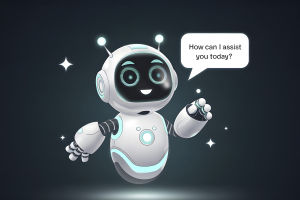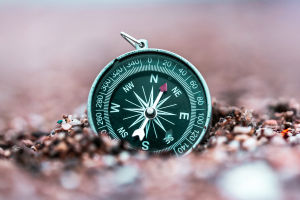
Lykkers, have you seen this AI magic? Imagine being able to edit photos just by scribbling on them and giving simple instructions. Sounds like science fiction, right?
Well, with OpenAI's GPT-4o, this is now a reality! In the past few days, AI enthusiasts have been going wild over the new painting and editing features of GPT-4o, turning ordinary images into stunning Studio Ghibli-style masterpieces.
This is more than just a fun experiment—it's a game-changer for digital art. Let's dive into what makes this AI tool so exciting and how it could change the way we create images forever.
From Text to Stunning Ghibli-Style Art
People all over social media have been using GPT-4o to create breathtaking animations and illustrations. For example:
Some users recreated classic movie scenes, like an anime version of Mad Max!
Others turned their childhood photos into beautiful Ghibli-like paintings.
A viral project even used GPT-4o to transform the hit drama Empresses in the Palace into an animated series, racking up over 200,000 views online!
The AI-generated visuals aren't perfect yet—some facial expressions and lip movements need improvement—but overall, the results are shockingly realistic.
The Hidden Feature: AI-Powered Brush Editing
Here's the real surprise—OpenAI didn't even announce this feature officially, but people quickly discovered it: brush editing.
With this tool, you can:
Select a part of the image you want to change by simply scribbling over it.
Give GPT-4o a simple text command (e.g., “Remove the jacket and keep the t-shirt”).
Watch the AI edit the image instantly while keeping the original details intact!
We tested it ourselves and were amazed by how well it worked. The AI removes objects, changes outfits, and even swaps backgrounds effortlessly. Want a pirate hat on your childhood photo? Just type it in. Want to change the background to a flowing river? Done in seconds!
Can It Really Replace Photoshop?
Of course, the tool isn't perfect yet. Some edits, especially complex transformations, still look a bit off. For example, one experiment tried to change the ending of the movie A Chinese Odyssey by swapping characters—but the AI messed up facial details and lighting. Still, it got the overall mood and artistic style right, which is impressive.
While it's not ready to replace professional design software just yet, it's clear that AI-powered image editing is evolving fast. With future updates, it might soon be as easy as typing what you want and watching AI create it.
What's Next? AI That Thinks Like Humans?
Beyond image editing, another big discovery about GPT-4o has AI researchers buzzing: it now shows reasoning and thought processes more clearly.
Some AI experts believe that OpenAI might be merging its reasoning models with its creative models, making AI more intuitive and capable of understanding complex tasks without human intervention.
A few AI testers even shared screenshots from six months ago, showing that OpenAI has been quietly testing this new thinking ability for a while now. Some people speculate that this could be an early preview of GPT-5, which might blur the lines between different AI functions even further.
Are We Witnessing the Next AI Breakthrough?
With AI image generation and reasoning merging, we might be on the verge of something huge. Some users think it's a bug, while others believe we're witnessing the birth of a more advanced AI that can create, edit, and think more like humans than ever before.
No matter which side you're on, one thing is clear—AI creativity is evolving at lightning speed. Lykkers, what do you think? Will AI art and editing tools replace human designers, or will they just be another tool in our creative toolbox? Let's chat in the comments!
